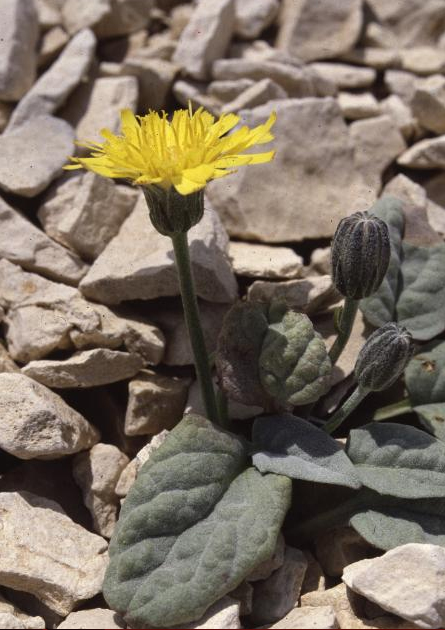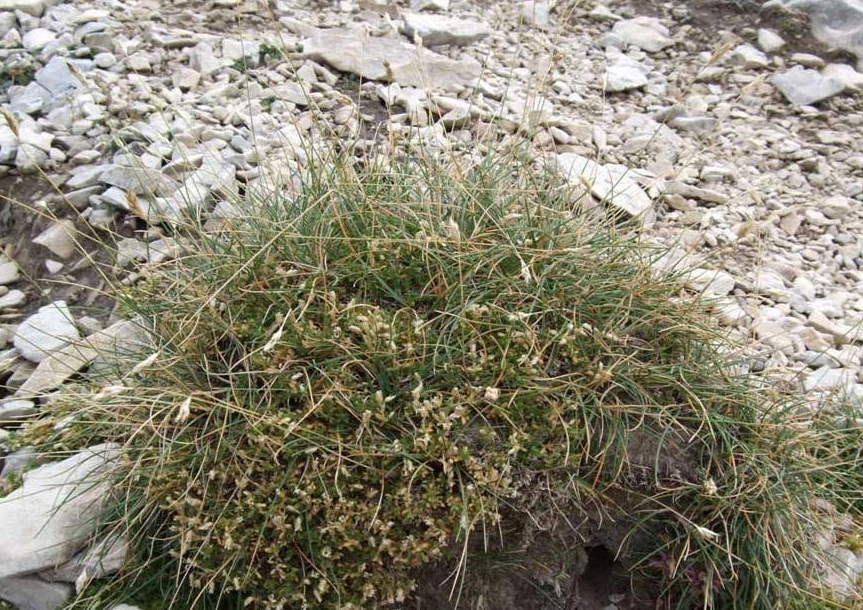
Giardino alpino di Campo Imperatore V. Rivera
This post is also available in:
 Italiano (Italian)
Italiano (Italian)
The Botanical Alpine Vincenzo Rivera di Campo Imperatore is located on the southern side of Mount Aquila, near the pass betwenn Campo Imperatore and Tre Valloni, at 2117 m above sea level, at the heart of Gran Sasso National Park. It was established in 1952 by professor Vincenzo Rivera, who taught Botany at the University of Rome and first Dean of the Universit of L’Aquila, and it extends over 3500 m2. The Garden, of regional interest according to Regione Abruzzo, hosts plants from mountain habitats living beyond the edge of the woods of the Gran Sasso and Monti della Laga National Park. The environment is very selective because of very low temperatures, violent winds and heavy snowfalls; for this reason, the growing season is very short: about 130 days per year. The first activities are recognizing, harvesting, growing and studying of the highest possible number of species of mountain pasture, planting about 300 Alpine plants of various origin. For each of them an exiccatum is prepared: an interesting herbarium kept in the Environmental Sciences Department of the University of L’Aquila. After years of neglect, in 1971 the building and lands were given to the University and entrusted to the Botany Institute.
Sections of the garden
Systematic: with more than 53 families with 350 native plant species, among which many glacial relicts.
Rock garden: created by an accumulation of rocks and debris, it represents the harsh environment where plants grow in extreme conditions; among the most typical species there are the ones belonging to the Saxifraga app., Cerastium app., Arenaria spp., Achillea spp., Armeria spp., Isatis spp., Silene spp., Androsace spp., Crepis spp. genus, and many other.
Festucheto: created on a breach originated by the flaking of stones, it represent an extremely hostile habitat where plants must endure lack of water on the surface, stone heating and their continuous movement; one of the most common and representative species is Festuca dimorpha; others are Viola eugeniae subsp. Eugeniae, Arenaria bertolonii, Pulsatilla alpina subsp. Millefoliata and Thlaspi stylosum.
Seslerieto: a prarie where Sesleria juncifolia is predominant, a grass common in the Balkans and the Apennines, mostly living along the windy ridges of mountains; the most common species that can be found in its proximity are Carex kitaibeliana and Helianthemum oelandicum subsp. incanum.
This post is also available in:
 Italiano (Italian)
Italiano (Italian)
Contatti
L'Aquila()
0862 433212
giardinocampoimperatore@univaq.it
Altre info
Da giugno a settembre.
10:00-17:30

